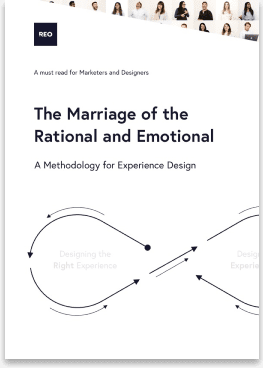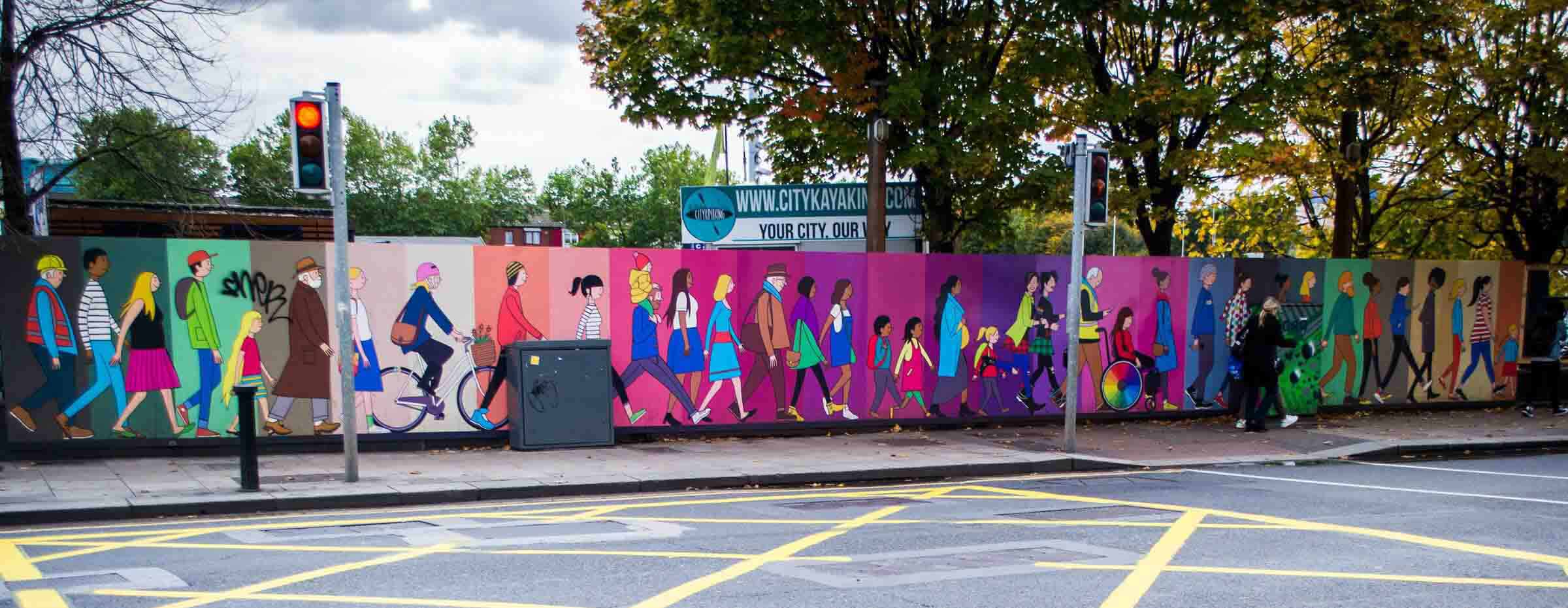Introduction
This whitepaper details REO’s methodology for designing an online experience that meets both the commercial objectives of an organisation along with the needs of its customers. Easily said, less simple to achieve.
A methodology is defined as ‘a system of methods’, a description which correctly highlights the connected and interdependent nature of every element: the outputs of each part act as the input to the next. Any attempt to skip or minimise part of the process will result, at best, in a sub-optimal design and at worst, the complete failure of the project.
The REO Experience Design Methodology is based on years of experience in creating compelling and effective online user experiences. The design (or redesign) of a digital experience needs to recognise and respect the combination of the rational and the emotional; the creative and the pragmatic.
Critically, the methodology establishes the constraints around an experience design project: from brand guidelines to budget and resource; from existing infrastructure to emotive drivers. In doing so it provides a framework and direction within which creativity can be freely applied and which allows for maximum experimentation with minimum wasted effort.
The methodology is illustrated in a simplified form later in the document, with the key elements described in some detail. That said, to fully expand on each element would be to write the textbook and, of course, while the methodology itself doesn’t change (indeed it cannot change), every experience design project is unique.
There is, however, one constant: meeting the needs of your customers
A wise Frenchman, Jean-Baptiste Alphonse Karr, once said, “plus ça change, plus c’est la même chose”, meaning “the more things change, the more they stay the same”. This is certainly true of customer experience.
Today’s customer journey is more complex than 20 years ago, no doubt, but one thing remains consistent: the companies that succeed in growing and maintaining their customer base are those that can deliver the most enjoyable, seamless, and helpful customer experience, both online and offline.
The motivations for redesigning an organisation’s digital customer experience can me myriad, but they are too often driven by emotions rather than evidence; a sense that a website design has become outdated, that competitors are more contemporary, that a redesign will transform business performance, or simply the personal opinion of a senior executive.
Download the full white paper here













